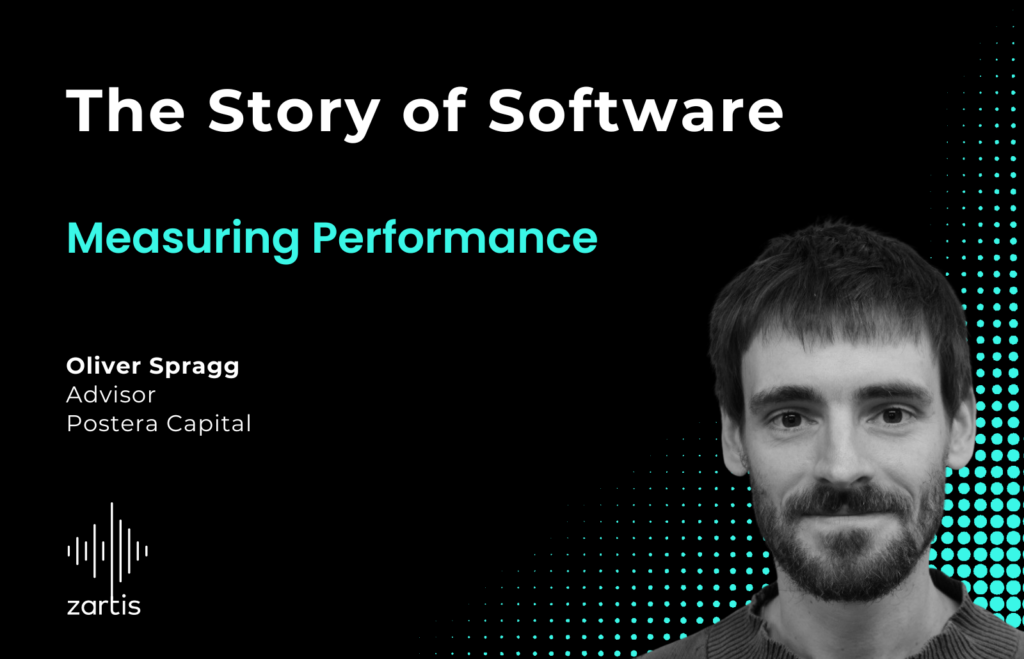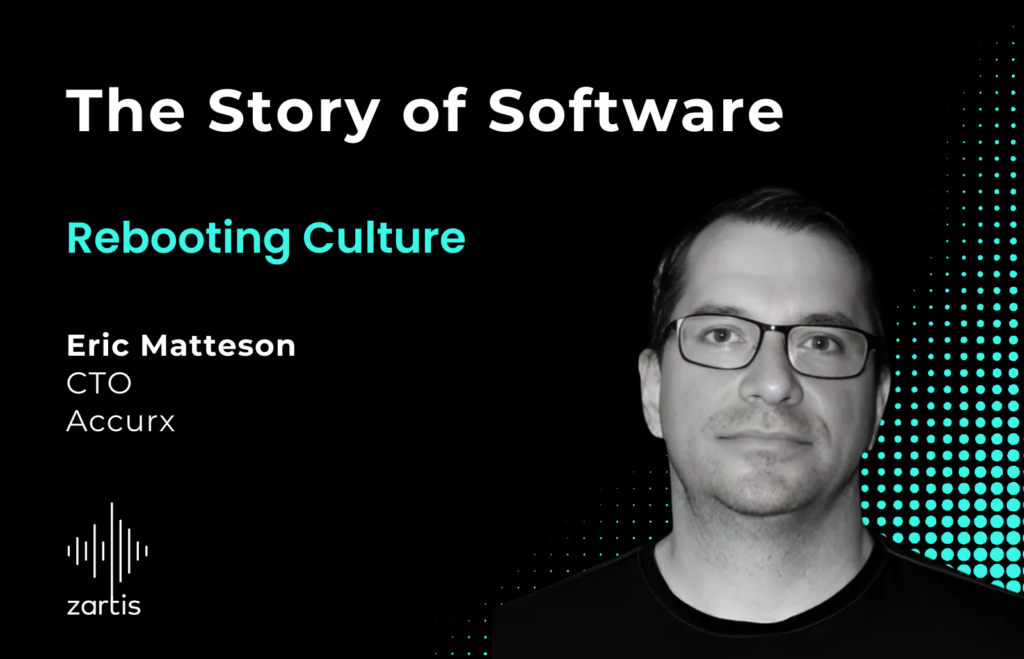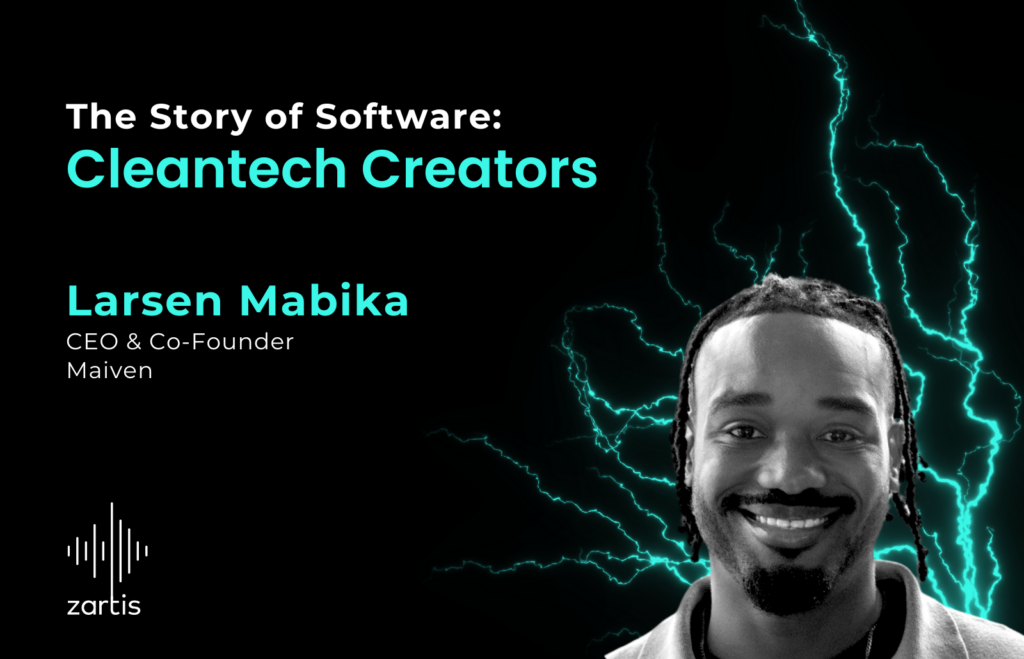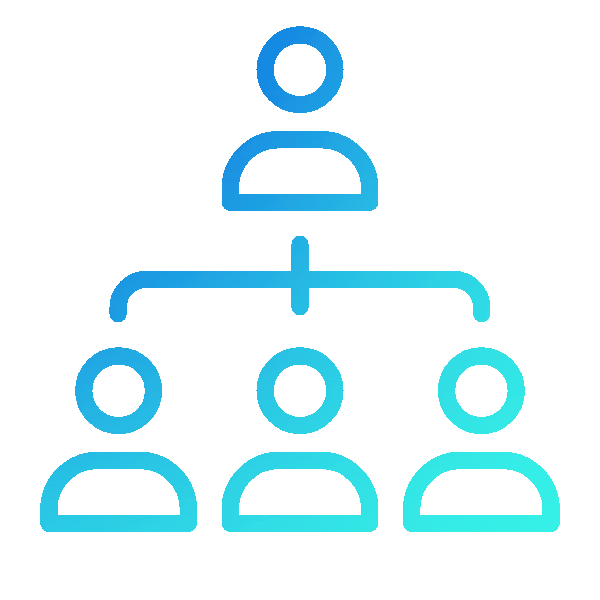Padraig Coffey, CEO at Zartis and podcast host, is joined by David Ives, CTO at Patchwork Health to discuss the latest trends in healthcare workforce management and the technologies that enable them.
Healthcare Workforce Management
The Guest – David Ives, CTO at Patchwork Health
David Ives has extensive experience in the tech world, mostly in senior roles leading teams and businesses. He is now the CTO at Patchwork Health where they combine industry-leading technology with extensive specialist expertise to bring an entirely tailored service to solve the unique challenges of healthcare organisations.
Changes in the Healthcare Talent Management
If Covid-19 has shown us anything, it is that we need to cherish healthcare professionals and provide them with the means and the support to continue to do their job in a notoriously high-demanding sector.
In this episode, we cover some of the technological advancements that enable healthcare professionals to operate in a more flexible way, and we discuss the ways that tech and digitalization advancements can change working habits across the sector.
Some of the topics covered include:
- The challenges faced by the healthcare sector in talent management
- The mobility challenges faced by healthcare professionals
- The limitations of current healthcare systems and processes
- How technology is resolving some of the healthcare procurement problems
- The challenges and advantages of utilizing technology in healthcare workforce management
Episode Highlight:
Transcript (abridged version):
[…]
What would be some of the specific challenges that your company, Patchwork, is solving both for the workers, and for the employers in the healthcare sector?
We’re a marketplace, so we serve both sides of the table. The NHS is going through a terrible resourcing crisis right now, where people are leaving the health service in droves, and it’s a really difficult situation to work around. Obviously, in the last couple of years, there’s been an enormous amount of pressure, so we’re fulfilling the needs of the health services to actually provide workers to fulfill the shifts. Then on the other side, we’re providing a more flexible working opportunity for the healthcare professionals themselves, where it’s a notoriously difficult industry, and they don’t have the same kind of privileges that we have in technology, where we’re able to work much more flexibly, and pick & choose what it is that we want to do, and where we want to do it. So, we provide an opportunity to allow healthcare professionals to be in a position where they can choose some of the times that they work, and the opportunity to work in situations that are much more in line with how they want their work life balance to be.
In what way are you leveraging technology to address the challenges in workforce management? Or opportunities depending on how you want to view them.
The health service is very archaic in a lot of the systems that they use, and they’ve inherited services and processes as they’ve grown. There’s still a huge amount of manual work that goes on within the healthcare service itself. We still see a lot of hospitals and trusts where things are literally done on daily Excel sheets. There is an opportunity to digitize and see the shifts that are there and then get notified that those shifts are not going to be fulfilled, whether that’s through illness, or annual leave, or whatever.
Some of the coordinators on the healthcare side will literally import a whole list of email addresses of people that could potentially be available for that shift and then run a bulk email and wait for these responses to come through and deal with them one by one. What we do is, we take that effort away where we can get the health service, the actual opportunity to link directly with the healthcare professionals that will be available for that work. On the other side of the app that we provide for the healthcare professionals, people can see the upcoming shifts that they might be interested in and then they can put themselves forward for it, so that they’re proactively filling the shifts rather than it being requested from them.
I’m guessing that building technology for healthcare talent management comes with its own unique challenges. Would you be able to speak a little bit about what they could be?
It’s a highly regulated industry. We’re dealing with patient safety, which is our number one priority with every piece of work that we do. So there’s our own extremely high standards that we go through but then there’s also the standards that we go through with the trusts.
The second thing is probably interoperability with other platforms and services that help satisfy the different services a hospital is going to use and work seamlessly as part of their stack. So, we’re not just building a product for ourselves and our customers, we’re building a product for our customers to then potentially interoperate with the other products that they use as part of their daily workflow.
[…]
David, have you seen COVID impacting the way healthcare workforces are managed?
Yeah, 100%. I think if we just take one example where if you move from hospital to hospital, or even from ward to ward within one trust, there is a huge amount of checks that are done on you as a healthcare professional. These checks need to be rerun, and they need to be validated again each time. A significant issue was when COVID hit, and the healthcare organizations were crying out for people to be able to work more flexibly, but the ability to be able to qualify yourself as an individual was incredibly difficult. So, that made a real difference to the way identity was managed within and between organizations. So, with the advent of COVID, we got identity passports at the healthcare professional level. Now, you’re able to go to a different organization, a QR code can be scanned off a phone proving who you are, and then you are in a position where you give vaccinations or whatever the need is. That is one of the things that really kick-started some of this acceleration in movement, but especially with people. The fact that it’s been made very clear how the healthcare service needs to be much more flexible in what it is, what it offers, and how people interact with it, has been huge.
[…]
You can find The Story of Software podcast on:
Apple Podcasts, Spotify, Stitcher, Deezer, & any other podcast platform of your choice.
We hope you enjoy listening to this tech podcast and feel free to share any feedback with us: podcast@zartis.com







